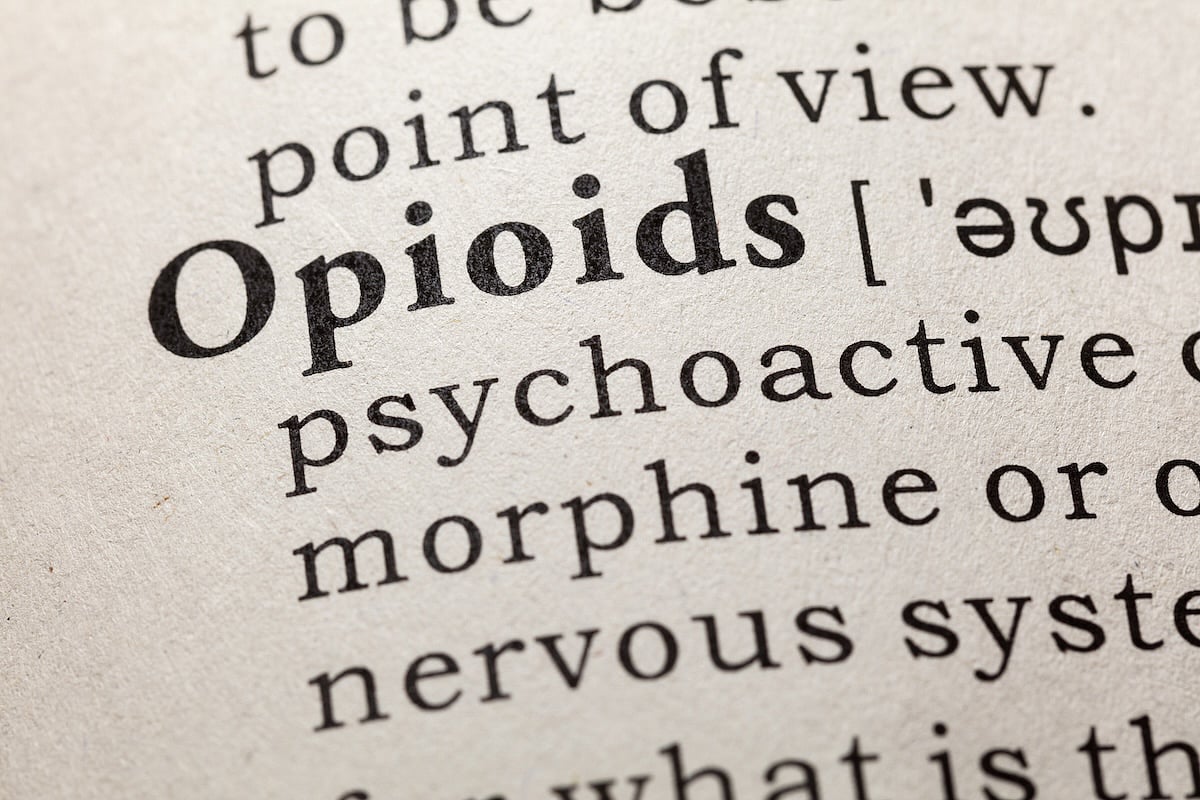Get Healthy!

- Posted April 24, 2025
Opioids Tough To Prescribe For Legitimate Patients, Doctors Say
THURSDAY, April 24, 2025 (HealthDay News) — Patients who legitimately need opioid painkillers are finding it more difficult to get the meds they need, due to guardrails established in response to the U.S. opioid crisis, a new study says.
Doctors who treat patients in severe pain said they frequently encounter obstacles when prescribing opioid painkillers, researchers reported in the journal NEJM Catalyst Innovations In Care Delivery.
“The opioid crisis of overdose deaths remains omnipresent; however, a new threat has emerged among vulnerable populations who need these medicines as first-line treatment for their pain, which can be severe,” lead researcher Dr. Rebecca Rodin said in a news release. Rodin is an assistant professor of geriatrics and palliative medicine at the Icahn Mount School of Medicine at Mount Sinai in New York City.
Opioids are sometimes needed to counter severe pain in patients with cancer or conditions like sickle cell, researchers said in background notes.
However, more than 720,000 people have died in the U.S. since 1999 from opioid overdoses, in an ongoing crisis that led policymakers to tighten opioid prescribing methods.
To see how these restrictions have affected treatment, researchers surveyed 52 palliative care doctors and nurses within the Mount Sinai Health System.
Results showed that:
88% reported frequent access issues with opioid meds.
80% changed their opioid up to half the time prescribing due to limited availability of opioid drugs.
31% said these access issues got in the way of proper pain control.
Clinical teams spend more than an hour every day on the phone with insurance companies and pharmacies, ironing out problems.
A major problem is scattered and uneven availability of opioids among pharmacies, researchers reported.
“Our clinicians told us that in New York City’s outer boroughs, such as the Bronx, Brooklyn, and Queens, they encountered much greater difficulty obtaining opioids where we treat higher concentrations of underrepresented patients who are socioeconomically vulnerable,” Rodin said.
Mount Sinai doctors have tried a three-pronged approach to make opioid meds more available to those in need, researchers say.
First, they reached out to key pharmacies to explain why these painkillers are needed, and the importance of keeping them in stock.
The team also developed education programs for providers to explain when and why opioid painkillers are necessary, the study says.
And finally, the team crafted a guide to preferred pharmacies so that doctors will know where to turn when opioids are needed during a pain crisis.
“Our strategies have been effective within the Mount Sinai ecosystem, but they do not address root causes of barriers which can include a number of factors, such as much broader supply chain shortages at the regional and national level, public and private coverage policies, and pharmacy stocking and dispensing practices,” Rodin said. “We need to do more to address these barriers.”
More information
The U.S. Centers for Disease Control and Prevention has more on appropriate prescriptions for opioids.
SOURCE: Icahn School of Medicine at Mount Sinai, news release, April 16, 2025
